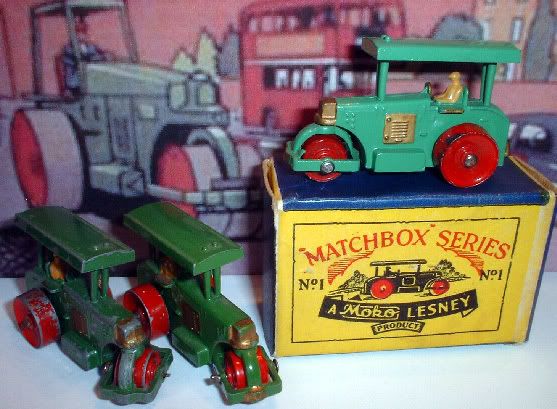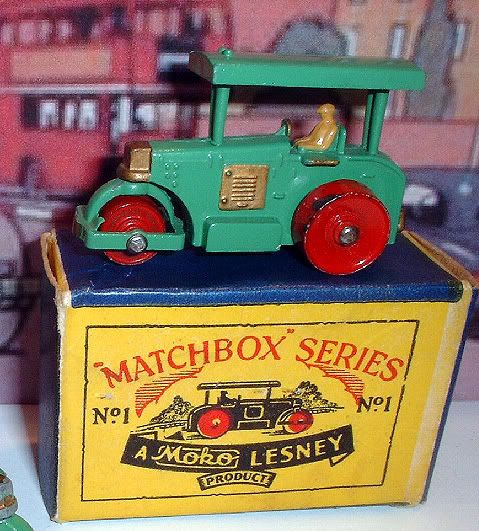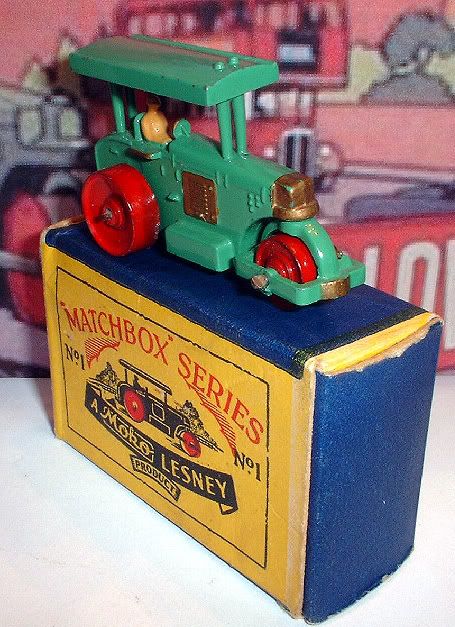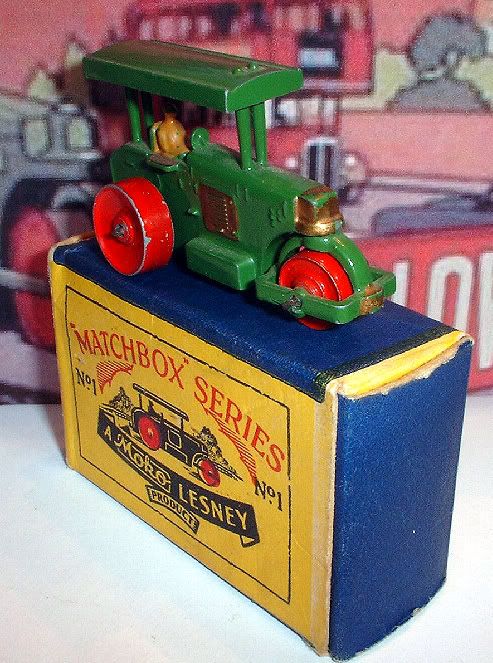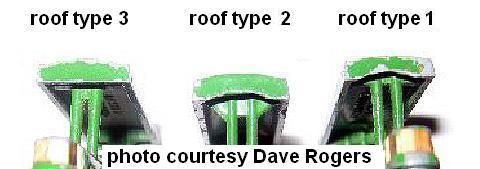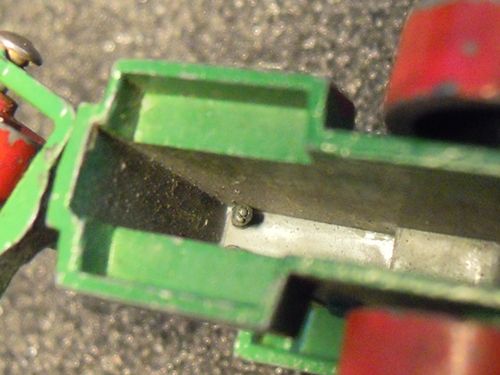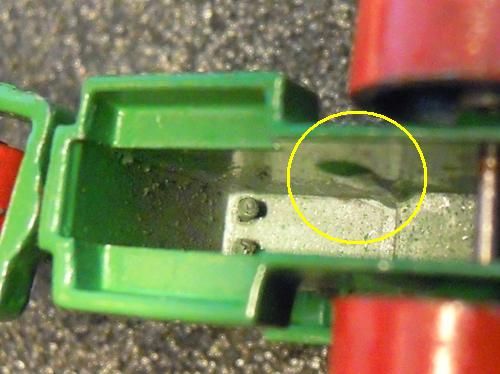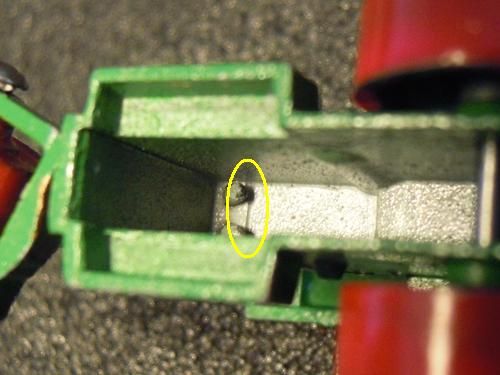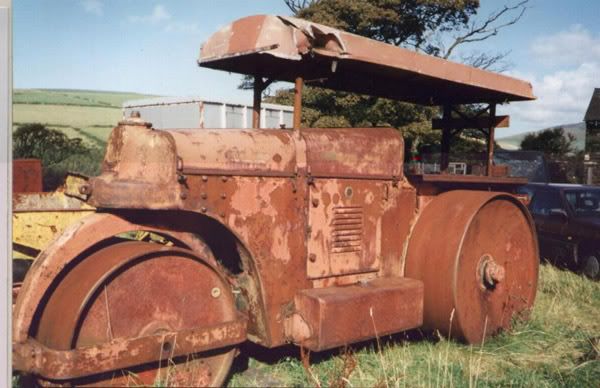We have all heard the story of how Lesney's Matchbox 1-75 series originated in 1953 when Jack O'dell's daughter Anne, was told by her teacher that she could only bring a toy to school if it was small enough to fit inside a matchbox.
I recently heard from Jack's grandson James Harnetty who, after 58 years of misinformation, wanted to set the record straight, This is what he told me.
"....Anne kept bringing worms and spiders home from school in an old matchbox, My grandpa Jack said to Anne that if he makes her a toy that fits into the matchbox would she promise never to bring the worms and spiders home again, she did and the following day he made a small road roller which fitted. When he picked her up from school all the kids were asking for one as well. I am positive that this is correct as we always used to laugh about its at home on how anne used to bring these little critters home and drive Grandpa mad."
James Harnetty
Jack made her a scaled down copy of the 1947 Lesney large scale roller in brass, They realised they could be onto a money spinner and put the model into production followed shortly by the 2a site dumper, the 3a cement mixer and the 4a tractor. At the time Lesney did not have the distribution facilities so sales were handled by J.Kohnstam limited a toy factor was selling the toys under their Moko trademark. The owner of Moko suggested they package the new range of miniatures in a box that resembled a matchbox and the rest is history.The roller body was a three piece casting consisting of the body, the roof which had "Lesney England" cast in the the underside and the cage that held the front roller, the rollers were held on by flat head axles with crimped ends and the model was enhanced with hand applied gold trim to the front roller pivot, the hook, the access doors on the sides and to the sides of the drivers seat, the driver was painted brown.
The first three issues were painted dark green, then there were two fairly short runs, one was painted pale green and the other one was painted a dark yellowish green, Both the pale green and yellowish green are quite hard to find. The wheels were always painted red There were three different roof castings, The first had curved lower ends of the canopy and no strengthening webs cast in to the roof supporting posts, The second version also had curved ends to the canopy but this one had rather ugly strengthening webs added to the roof supports, This one looked even messier than the first version so the webs were quickly removed and the ends of the canopy were straightened giving the canopy a much cleaner line. The upper part of the roof poles were also thickend slightly at this time, The first version is quite rare, The second version is even rarer and few examples are known to exist, the third version is by far the most common. I have to thank J.P. (Tinman) of the MCCH and Dave Rogers for pointing out that I originally had the first two roof castings listed the wrong way round, Not having seen either type in the flesh I mistakenly listed them in the wrong order.
The model was sold in 'A' and 'B' type boxes, The "A" type box had the word "Moko" in script and the 'B' type "Moko" was in capital letters, The 'A' box will fetch a small premium. The model was replaced by the 1b road roller in 1956.
Updated: 11-05-11, Antonin Shenk and Martin Avis from the forum have shown us two unlisted casting variations found on the earliest examples,
The most significant variation was to the inside of the body casting where a bulge or brace was cast into the side of the body which was possibly added to aid metal flow as it can be found on all roller castings except the earliest ones which had either of the curved canopy type roofs fitted.
The second casting variation was also to the inside of the body casting where a step was cast into the front of the body where the front canopy supports locate through the body, Again, only the earliest curved canopy versions don't have the step cast in but the straight canopy versions may or may not have the step, Possibly the step may have been added to only one side of the die making both versions equally common,
Included in the list are the known variations but this was compiled using very few samples so other variations may well exist, As a matter of interest the early Lesney large scale road roller also has the step cast in but not the side brace.
I had the pleasure of meeting Jack Odell in 2004 at the Matchbox memories exhibition at the Hackney museum and I asked him if he still had the original brass road roller and he told me he did not but what a wonderful collection centerpiece that would make if it were ever to come to light.
|
|





